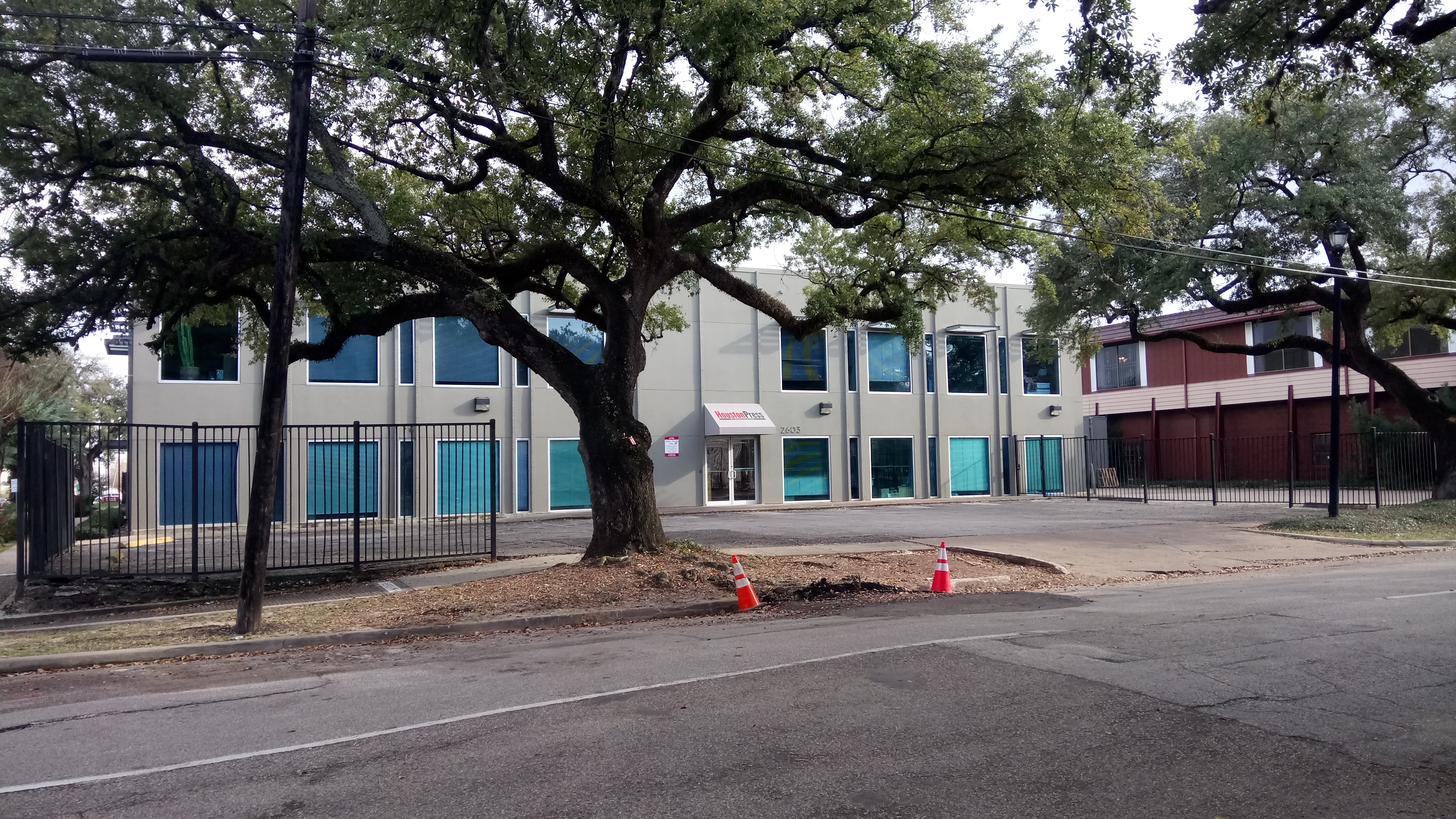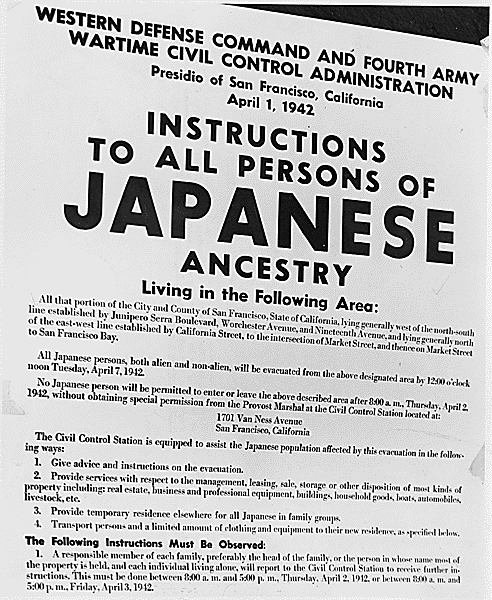|
Wapato, Washington
Wapato is a town in Yakima County, Washington, United States. The population was 4,607 at the 2020 census. It has a Hispanic majority. History Origins The town was founded in 1885 by Indian Postmaster Alexander McCredy as a railroad stop on the Northern Pacific Railroad as Simcoe, Washington. The Dawes Severalty Act of 1887 allowed the government to subdivide the Yakama Indian Reservation tribal communal landholdings into allotments for Native American heads of families and individuals. The selling of these allotments drew settlers into the area. With the construction of the Irwin Canal in 1896, agriculture became the big business in town. In the early 1900s, McCredy and George Rankin established the Wapato Development Company and laid out the town site. They established the town's first bank and began selling lots. In response to persistent confusion with nearby Fort Simcoe, the town changed its name to Wapato in 1903. The 1906 Jones Act further encouraged Anglos to purchase l ... [...More Info...] [...Related Items...] OR: [Wikipedia] [Google] [Baidu] |
City
A city is a human settlement of notable size.Goodall, B. (1987) ''The Penguin Dictionary of Human Geography''. London: Penguin.Kuper, A. and Kuper, J., eds (1996) ''The Social Science Encyclopedia''. 2nd edition. London: Routledge. It can be defined as a permanent and densely settled place with administratively defined boundaries whose members work primarily on non-agricultural tasks. Cities generally have extensive systems for housing, transportation, sanitation, utilities, land use, production of goods, and communication. Their density facilitates interaction between people, government organisations and businesses, sometimes benefiting different parties in the process, such as improving efficiency of goods and service distribution. Historically, city-dwellers have been a small proportion of humanity overall, but following two centuries of unprecedented and rapid urbanization, more than half of the world population now lives in cities, which has had profound consequ ... [...More Info...] [...Related Items...] OR: [Wikipedia] [Google] [Baidu] |
Fort Simcoe
Fort Simcoe was a United States Army fort erected in south-central Washington Territory to house troops sent to keep watch over local Indian tribes. The site and remaining buildings are preserved as Fort Simcoe Historical State Park, located eight miles (13 km) west of modern White Swan, Washington, in the foothills of the Cascade Mountains. History The site was a school for tribes of Indigenous peoples of the Americas from areas all around the present state of Washington. Prior to 1850, the site was used as a school where Native American children taken from their families were forced to cease practicing traditional customs and speak English, a specific practice in ethnocide. Punishment for non-compliant children included imprisonment in a small jail. The fort was built in the late 1850s in an old oak grove watered by natural springs by future Civil War general Robert S. Garnett. The fort was in use for three years. The park was established in 1956. The fort was built ... [...More Info...] [...Related Items...] OR: [Wikipedia] [Google] [Baidu] |
Filipino American
Filipino Americans ( fil, Mga Pilipinong Amerikano) are Americans of Filipino ancestry. Filipinos and other Asian ethnicities in North America were first documented in the 16th century as slaves and prisoners on ships sailing to and from New Spain (Mexico) and a handful of inhabitants in other minute settlements during the time Louisiana was an administrative district of the Viceroyalty of New Spain (Mexico). Mass migration did not begin until the 20th century, when the Philippines was a U.S. territory. As of 2019, there were 4.2 million Filipinos, or Americans with Filipino ancestry, in the United States with large communities in California, Hawaii, Illinois, Texas, and the New York metropolitan area. Terminology The term ''Filipino American'' is sometimes shortened to ''Fil-Am'' or '' Pinoy''. Another term which has been used is ''Philippine Americans''. The earliest appearance of the term ''Pinoy'' (feminine ''Pinay''), was in a 1926 issue of the ''Filipino Student Bulle ... [...More Info...] [...Related Items...] OR: [Wikipedia] [Google] [Baidu] |
Cold Semi-arid Climate
A semi-arid climate, semi-desert climate, or steppe climate is a dry climate sub-type. It is located on regions that receive precipitation below potential evapotranspiration, but not as low as a desert climate. There are different kinds of semi-arid climates, depending on variables such as temperature, and they give rise to different biomes. Defining attributes of semi-arid climates A more precise definition is given by the Köppen climate classification, which treats steppe climates (''BSk'' and ''BSh'') as intermediates between desert climates (BW) and humid climates (A, C, D) in ecological characteristics and agricultural potential. Semi-arid climates tend to support short, thorny or scrubby vegetation and are usually dominated by either grasses or shrubs as it usually can't support forests. To determine if a location has a semi-arid climate, the precipitation threshold must first be determined. The method used to find the precipitation threshold (in millimeters): *multiply ... [...More Info...] [...Related Items...] OR: [Wikipedia] [Google] [Baidu] |
Köppen Climate Classification
The Köppen climate classification is one of the most widely used climate classification systems. It was first published by German-Russian climatologist Wladimir Köppen (1846–1940) in 1884, with several later modifications by Köppen, notably in 1918 and 1936. Later, the climatologist Rudolf Geiger (1894–1981) introduced some changes to the classification system, which is thus sometimes called the Köppen–Geiger climate classification system. The Köppen climate classification divides climates into five main climate groups, with each group being divided based on seasonal precipitation and temperature patterns. The five main groups are ''A'' (tropical), ''B'' (arid), ''C'' (temperate), ''D'' (continental), and ''E'' (polar). Each group and subgroup is represented by a letter. All climates are assigned a main group (the first letter). All climates except for those in the ''E'' group are assigned a seasonal precipitation subgroup (the second letter). For example, ''Af'' i ... [...More Info...] [...Related Items...] OR: [Wikipedia] [Google] [Baidu] |
Houston Press
The ''Houston Press'' is an online newspaper published in Houston, Texas, United States. It is headquartered in the Midtown area. It was also a weekly print newspaper until November 2017. The publication is supported entirely by advertising revenue and is free to readers. It reports a monthly readership of 1.6 million online users. Prior to the 2017 cessation of the print edition, the ''Press'' was found in restaurants, coffee houses, and local retail stores. New weekly editions were distributed on Thursdays. History The alt-weekly ''Houston Press'' was founded in 1989 by John Wilburn, Chris Hearne (founder of Austin's ''Third Coast Magazine'') and Kirk Cypel (a Vice President of a Houston-based investment group) conceived of this news and entertainment weekly after rejecting a business plan to relaunch ''Texas Business Magazine''. Hearne and John Wilburn, who previously managed the Sunday magazine of the ''Dallas Morning News'', jointly established the magazine. Hearne wa ... [...More Info...] [...Related Items...] OR: [Wikipedia] [Google] [Baidu] |
Hispanic
The term ''Hispanic'' ( es, hispano) refers to people, cultures, or countries related to Spain, the Spanish language, or Hispanidad. The term commonly applies to countries with a cultural and historical link to Spain and to viceroyalties formerly part of the Spanish Empire following the Spanish colonization of the Americas, parts of the Asia-Pacific region and Africa. Outside of Spain, the Spanish language is a predominant or official language in the countries of Hispanic America and Equatorial Guinea. Further, the cultures of these countries were influenced by Spain to different degrees, combined with the local pre-Hispanic culture or other foreign influences. Former Spanish colonies elsewhere, namely the Spanish East Indies (the Philippines, Marianas, etc.) and Spanish Sahara ( Western Sahara), were also influenced by Spanish culture, however Spanish is not a predominant language in these regions. Hispanic culture is a set of customs, traditions, beliefs, and art forms ... [...More Info...] [...Related Items...] OR: [Wikipedia] [Google] [Baidu] |
POW Camp
A prisoner-of-war camp (often abbreviated as POW camp) is a site for the containment of enemy fighters captured by a belligerent power in time of war. There are significant differences among POW camps, internment camps, and military prisons. Purpose-built prisoner-of-war camps appeared at Norman Cross in England in 1797 during the French Revolutionary Wars and HM Prison Dartmoor, constructed during the Napoleonic Wars, and they have been in use in all the main conflicts of the last 200 years. The main camps are used for marines, sailors, soldiers, and more recently, airmen of an enemy power who have been captured by a belligerent power during or immediately after an armed conflict. Civilians, such as merchant mariners and war correspondents, have also been imprisoned in some conflicts. With the adoption of the Geneva Convention on the Prisoners of War in 1929, later superseded by the Third Geneva Convention, prisoner-of-war camps have been required to be open to inspec ... [...More Info...] [...Related Items...] OR: [Wikipedia] [Google] [Baidu] |
Japanese American Internment
Japanese may refer to: * Something from or related to Japan, an island country in East Asia * Japanese language, spoken mainly in Japan * Japanese people, the ethnic group that identifies with Japan through ancestry or culture ** Japanese diaspora, Japanese emigrants and their descendants around the world * Japanese citizens, nationals of Japan under Japanese nationality law ** Foreign-born Japanese, naturalized citizens of Japan * Japanese writing system, consisting of kanji and kana * Japanese cuisine, the food and food culture of Japan See also * List of Japanese people * * Japonica (other) * Japonicum * Japonicus This list of Latin and Greek words commonly used in systematic names is intended to help those unfamiliar with classical languages to understand and remember the scientific names of organisms. The binomial nomenclature used for animals and plants i ... * Japanese studies {{disambiguation Language and nationality disambiguation pages ... [...More Info...] [...Related Items...] OR: [Wikipedia] [Google] [Baidu] |
Executive Order 9066
Executive Order 9066 was a United States presidential executive order signed and issued during World War II by United States president Franklin D. Roosevelt on February 19, 1942. This order authorized the secretary of war to prescribe certain areas as military zones, clearing the way for the incarceration of nearly all 120,000 Japanese Americans during the war. Two-thirds of them were U.S. citizens, born and raised in the United States. Notably, far more Americans of Asian descent were forcibly interned than Americans of European descent, both in total and as a share of their relative populations. Those relatively few German and Italian Americans who were sent to internment camps during the war were sent under the provisions of Presidential Proclamation 2526 and the Alien Enemy Act, part of the Alien and Sedition Act of 1798. Transcript of Executive Order 9066 The text of Executive Order 9066 was as follows: Exclusion under the order On March 21, 1942, Roosevelt signed Pu ... [...More Info...] [...Related Items...] OR: [Wikipedia] [Google] [Baidu] |
Franklin D
Franklin may refer to: People * Franklin (given name) * Franklin (surname) * Franklin (class), a member of a historical English social class Places Australia * Franklin, Tasmania, a township * Division of Franklin, federal electoral division in Tasmania * Division of Franklin (state), state electoral division in Tasmania * Franklin, Australian Capital Territory, a suburb in the Canberra district of Gungahlin * Franklin River, river of Tasmania * Franklin Sound, waterway of Tasmania Canada * District of Franklin, a former district of the Northwest Territories * Franklin, Quebec, a municipality in the Montérégie region * Rural Municipality of Franklin, Manitoba * Franklin, Manitoba, an unincorporated community in the Rural Municipality of Rosedale, Manitoba * Franklin Glacier Complex, a volcano in southwestern British Columbia * Franklin Range, a mountain range on Vancouver Island, British Columbia * Franklin River (Vancouver Island), British Columbia * Fr ... [...More Info...] [...Related Items...] OR: [Wikipedia] [Google] [Baidu] |






